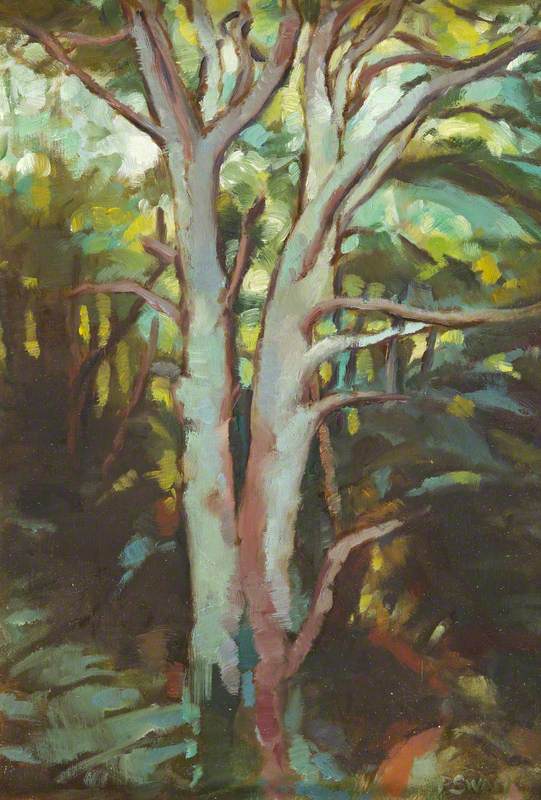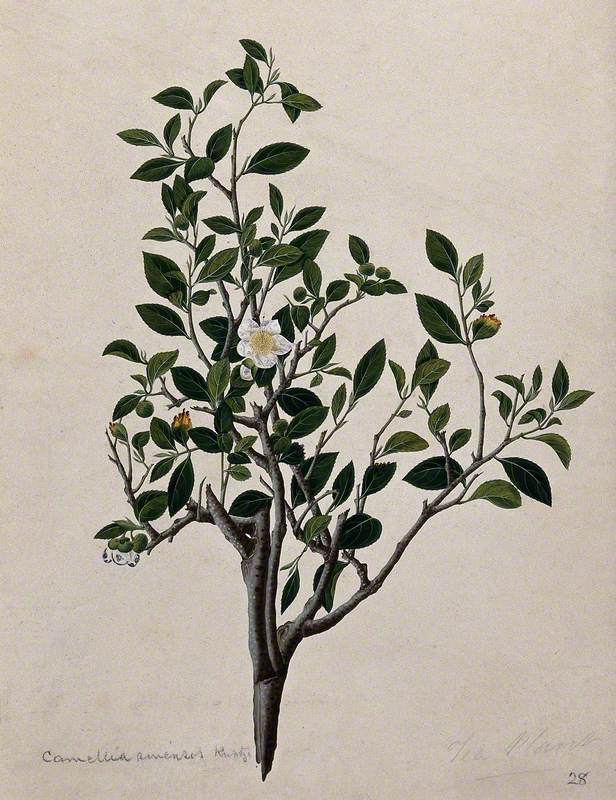I grow Kentish Cobnuts – a kind of hazelnut – in Kent, England, and produce a newsletter for the Kentish Cobnuts Association. I’m always on the lookout for something interesting to write about, and regularly search for relevant information on the web; that’s how I chanced on this amazing and perfect painting at the Ashmolean Museum.
Hazelnuts grow wild in Europe but have been cultivated since Roman times or earlier. The nuts depicted in Adriaen Coorte’s picture were cultivated ones, presumably taken from a garden or orchard, not from the wild. We know this because the hazel that grows wild in western Europe, including Holland, Corylus avellana, produces nuts which have a much shorter and more open husk around the nut, so that the nut is clearly visible, rather than, as here, almost being enveloped by the husk.
Coorte’s nuts are much more like a relative of the European hazelnut, Corylus maxima, which grows wild in south-eastern Europe and south-western Asia and was widely being cultivated by the seventeenth century. In those days there must have been many local garden varieties before systematic description, classification and breeding of fruits and vegetables started in earnest and successful cultivars were more widely distributed. Today there are thousands of named hazelnut varieties, suited to different climates and uses.
The small black hole in one nutshell is where a grub of the nut weevil, a type of beetle, has exited the nut. The female weevil would have laid an egg in the nut in May or June. As the nut developed, the egg hatched and the resulting unsightly white grub fed on the nut kernel. In Autumn it bored its way through the shell before dropping to the ground to pupate. Coorte presumably used the holed nut for artistic effect rather than illustrating a nut-grower’s manual. Nut weevil is still a major pest of commercial nut orchards. Unlike some of today’s pests and diseases, this one has evidently been around for centuries.
Dr Meg Game, Ecologist at Hampstead Heath






















